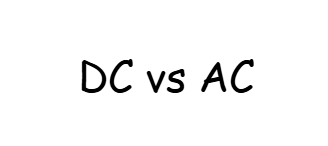
The choice between AC and DC motors is key to application performance, cost, and maintenance. While DC once led, AC is now the standard due to advances in control.
| Feature | DC Motor (Direct Current) | AC Motor (Alternating Current) |
| Design | Uses brushes and a commutator to reverse current in the rotor. | Brushless design; creates rotation using alternating current. |
| Maintenance | High maintenance—brushes and commutator are wear parts that require regular replacement. | Low maintenance—rugged, brushless design means higher reliability and longer lifespan. |
| Control | Historically known for excellent starting torque and easy variable speed control. | Traditionally fixed-speed, but modern VFDs provide precise, superior speed control. |
| Cost | Generally more expensive to maintain and often requires a separate DC power supply. | Generally less expensive to manufacture and significantly cheaper to maintain. |
| Best For | Older applications, electric vehicles, and robotics (historically). | The vast majority of modern industrial, continuous, and high-power applications. |
The simple, rugged, brushless design of the AC motor, coupled with modern Variable Frequency Drives (VFDs) for speed control, has made it the standard for reliable, efficient, and cost-effective industrial operations.For anyone looking for a low-maintenance, reliable, and cost-effective solution, AC motors are the clear winner. The transition to AC motors is a testament to their superior efficiency, reliability, and versatility in the age of advanced power control systems.
Learn more about our Greentec Ac Motor
